Situated in the woods and mountains of Western Massachusetts, Amherst College has long been regarded as a “peaceful” and “blissful” place, aloof from catastrophes, disasters, and even disruptions. The lofty chapel, along with its selective student body, characterizes the college’s elite identity that still holds to much extent today. Little known are numerous disasters– natural and human-made– that greatly disrupted the college’s function as a haven for knowledge. Most recently, the COVID-19 pandemic in 2020 that the researchers are coming across makes ‘disaster’ a timely topic to pursue, a topic that seeks an answer to the society’s contented questions. However, ‘disaster’ is worth analyzing precisely because of its timelessness. We intend to craft a comprehensive overview of the major disasters in the college’s 200 years of history.
For Amherst, disasters are also catalysts of change. Institutional and individual responses to disasters demonstrate the core values a college community upholds. As disaster prevention and mitigation have become subjects of science, disaster analysis from the humanities’ point of view proves to be crucial. This project takes a digital approach to discover what disasters mean to the Amherst community, as well as how the community may cope with their lasting impacts.
Ours seems to be an age of permanent catastrophe, with our time split between suffering disaster, worrying about it, making plans to minimize it and arguing over why it happened.
William Sweet, “Making Sense of Calamity”, The Amherst Magazine, Spring 2013
What is a Disaster?
Disaster, wide in scope and varied in scale, remains notoriously challenging to describe. What one considers to be catastrophic might not mean a thing from another’s perspective. What causes disasters — natural or human-made– challenges the way we categorize disasters. Disasters’ impacts vary; their strengths differ. Furthermore, this is not a question about disaster only. It is about disaster AND Amherst College. Sophisticated in its demographic composition, the college sustains a community whose unified interests and ideals on education oftentimes shadow its diverse personal backgrounds and priorities.
Why Disaster?
There is no consensus on what disasters constitute, not to mention its scope of influence on different groups of peoples who altogether make up this unique college community. These “no”s are the sources of our curiosity. Through various sources of student publications, we are able to systematically trace different emotional and logical footprints to analyze personal and institutional choices.
Representing Disasters
The college community has represented disasters in multiple ways, particularly through popular media such as student newspapers, college songs, and illustrations. Disasters thus emerge as a source of cultural production and even the culture itself. How would different ways to represent disasters influence institutional and individual responses to future disasters?
In the “Singing College”, students use songs to represent and fantasize about disasters. “Paige’s Horse”, a classic piece written by F. J. E. Woodbridge, Class of 1889, and sung by Amherst Glee Club, depicts a student’s journey from Northampton to Amherst campus in a horrendous snowstorm.
“THE MEMORIAL HILL 2020” PHOTOGRAPHY PROJECT
During the COVID-19 Pandemic in 2020, George Qiao (Faculty of History) and Haoran Tong (Class of 2023) take portraits of almost 300 Amherst people affected by the disaster. Their faces are masked; their stories continue in photographic art. The project aims to create meaningful social interactions while complying to social distancing rules.
Analyzing Disasters
So, what’s great about analyzing disaster? That we are able to see something new when the entire world looks at it. So that when the world stops looking at it, we help the world see it. We select two disasters with the greatest measured impact to the overall college community: The Hurricane of 1938, a natural disaster, and the World War I, a human-made disaster with complications of The 1918 Influenza.


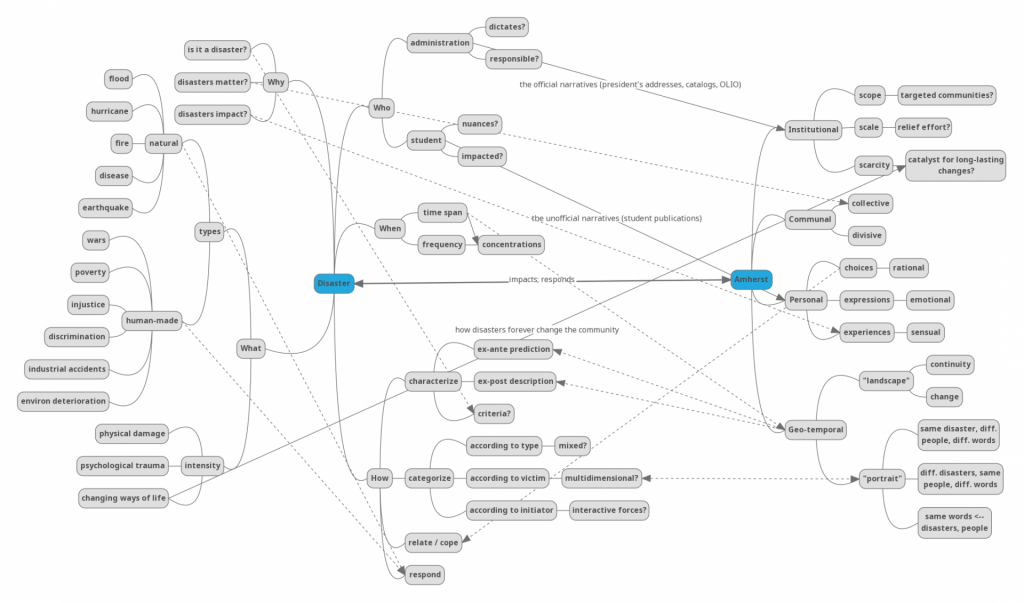
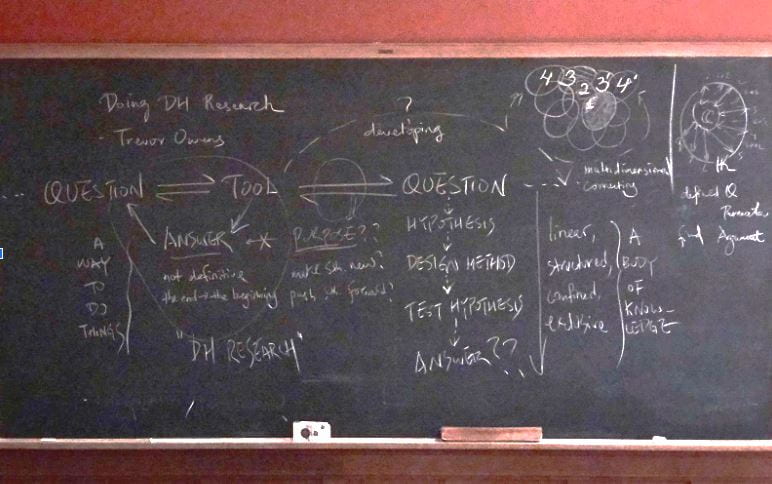

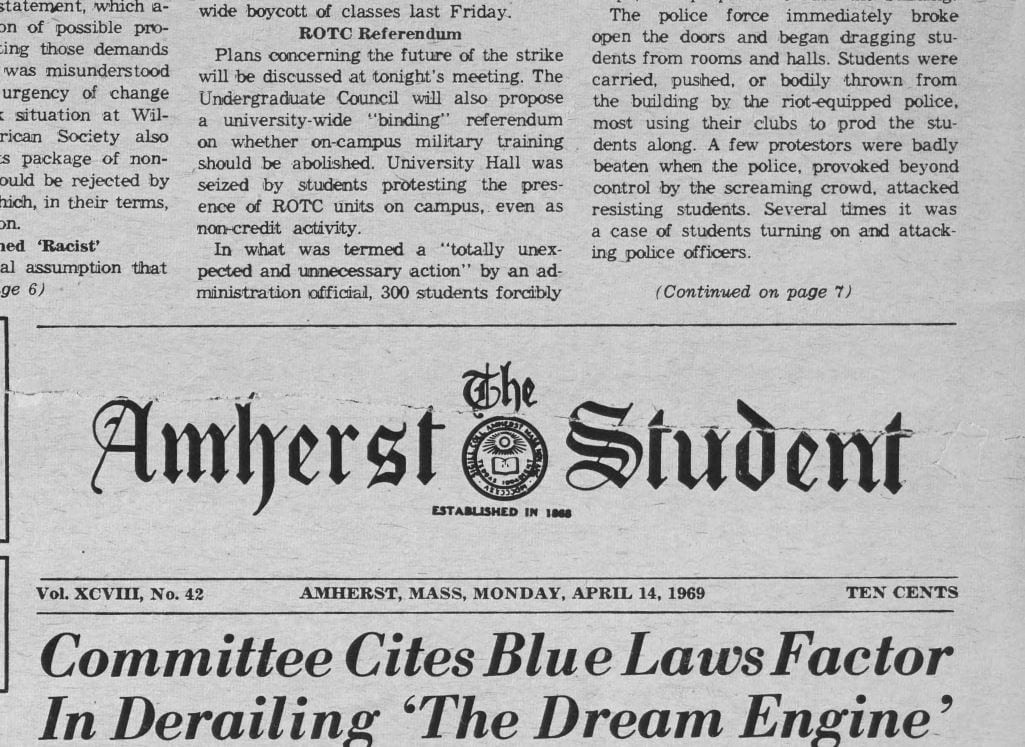
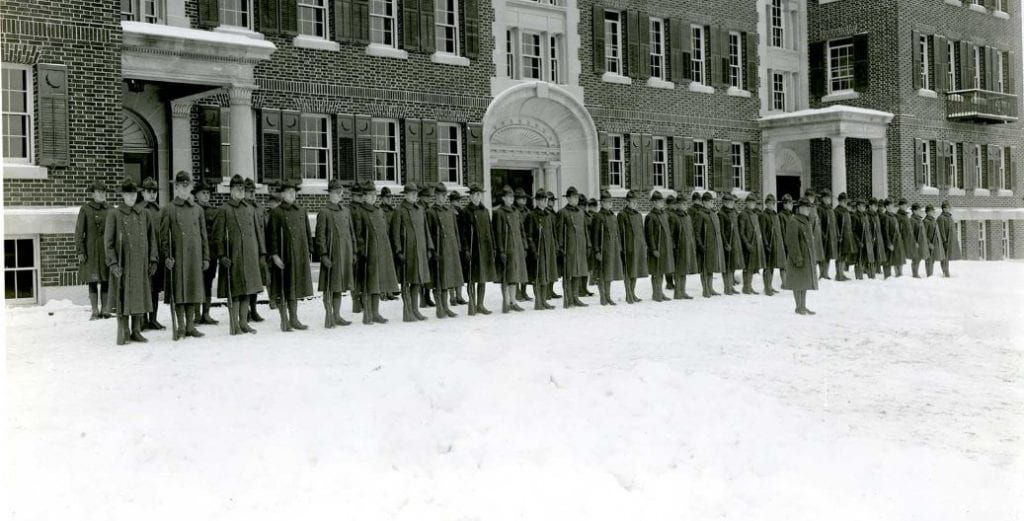
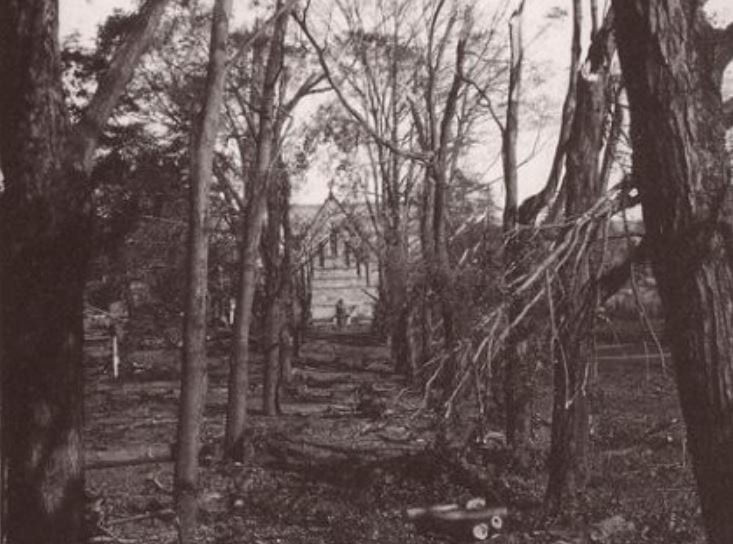
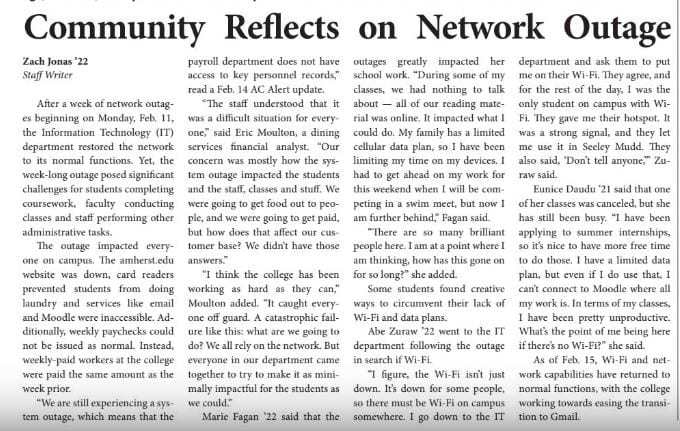
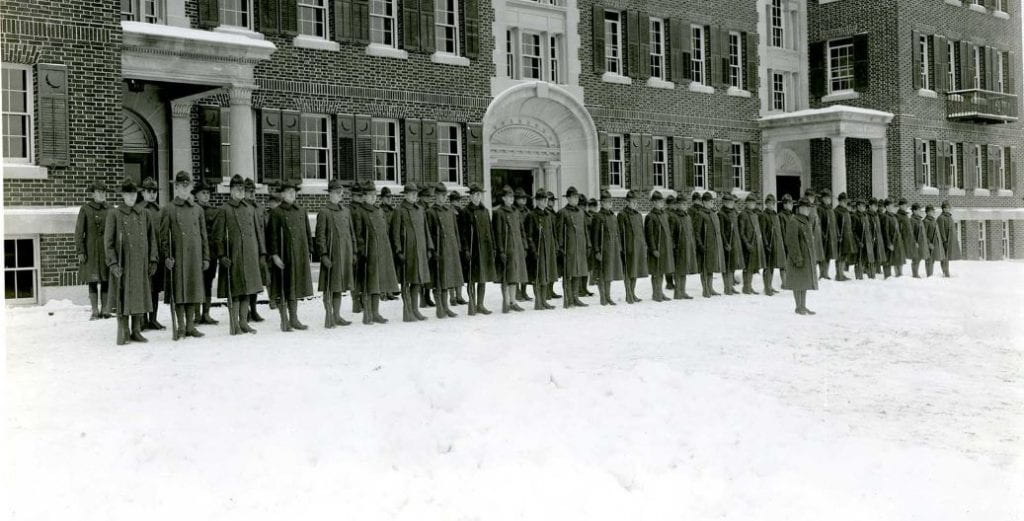
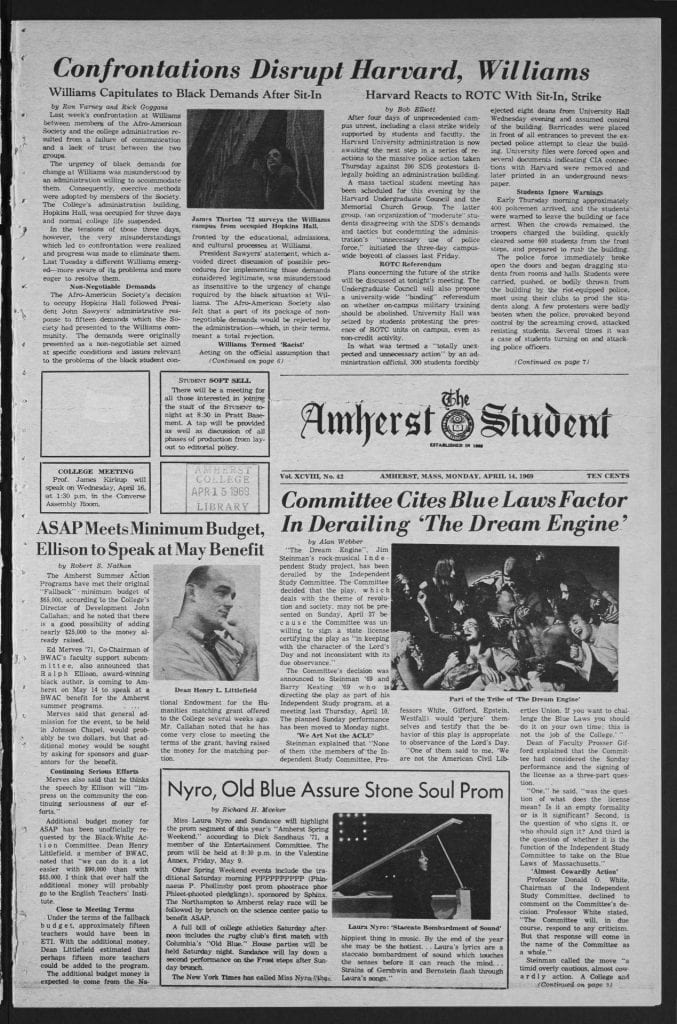


You must be logged in to post a comment.